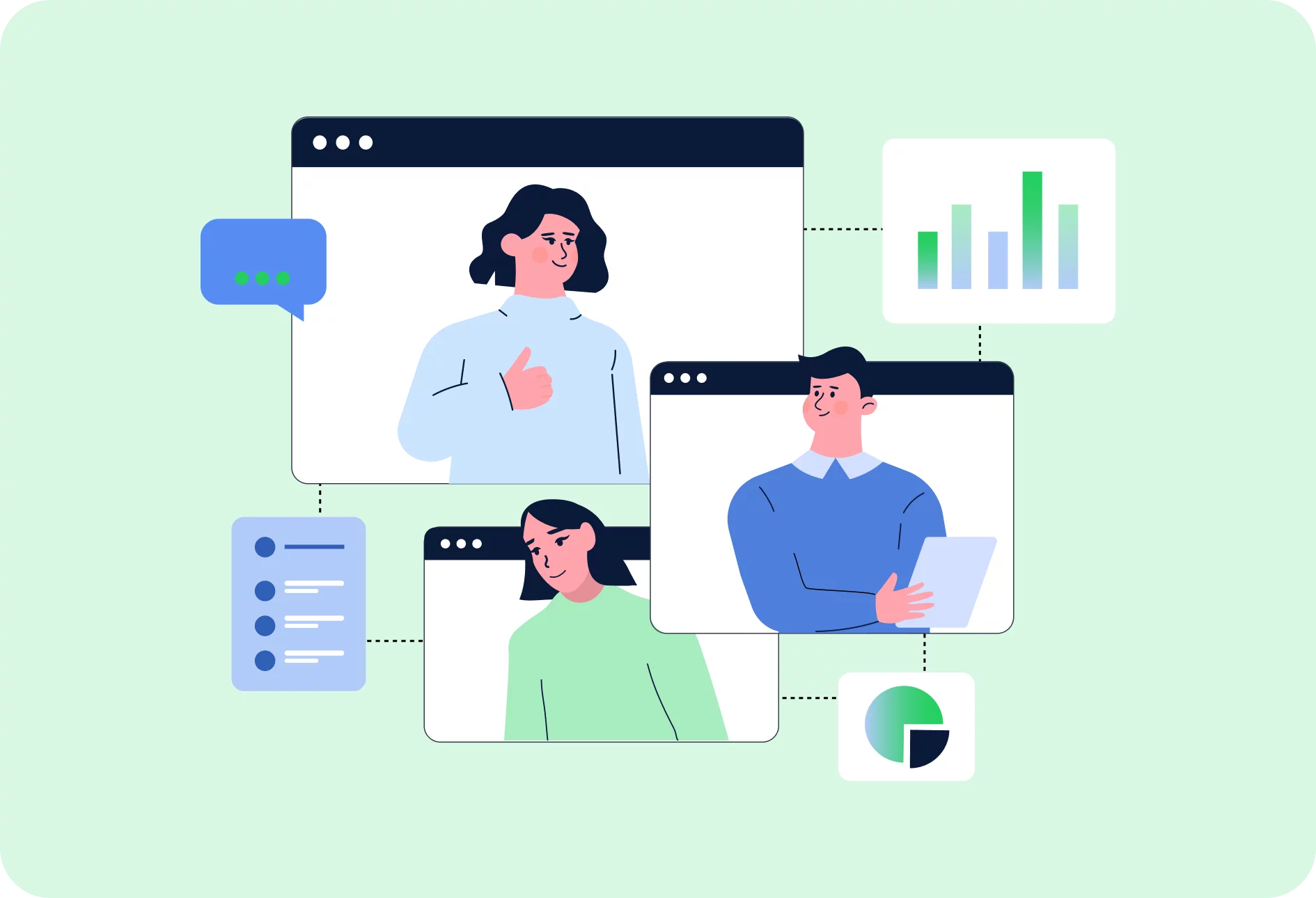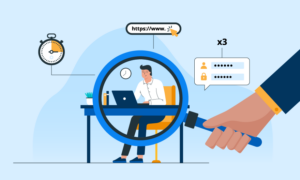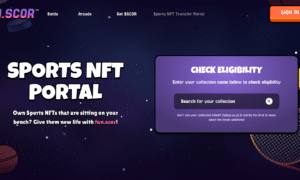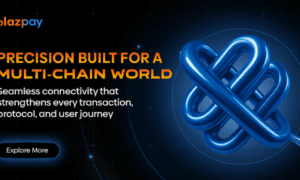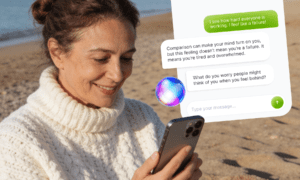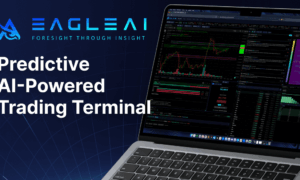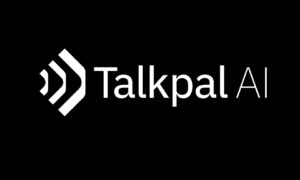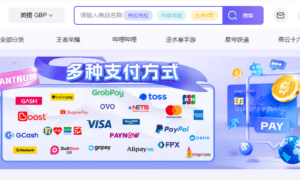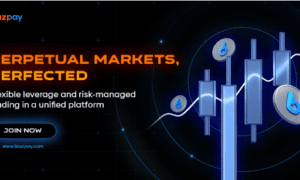In 2025, it is now common for employees to work from home or follow a hybrid work system. It is not just a trend now. Since more than 70% of global businesses now support remote work models, more organizations are investing in advanced technologies that would best enhance productivity and accountability. And the one technology that stands as a priority is remote employee monitoring software.
But, do keep in mind that monitoring has transformed a lot over the years. Modern companies now seek productivity-enhancing, compliance-ready, and privacy-first solutions to promote mutual trust and a healthy work culture. Moving away from all-seeing surveillance practices, here’s a checklist of the five critical features every modern monitoring tool must have to align with the workforce standards.
Automated time mapping – Beyond basic timesheets
There’s no place for guesswork or manual time sheets in modern workplaces. Monitoring systems with an automated time mapping feature are what organizations need to smartly track how employees spend their time across websites, applications, and tasks, without any manual input.
Why this feature matters in 2025:
- Amplify project billing accuracy; ensure that every hour is calculated in client invoicing and payroll systems.
- Minimize administrative load; AI-powered automation removes manual inputs, thereby reducing errors and saving resources.
- Provides deeper insights; managers and teams can detect inefficient patterns and redirect focus towards other high-value tasks.
According to Insightful, organizations, especially legal and IT service industries, implementing automated time mapping reports saw a 20-25% improvement in time utilization.
Minimal-screenshot modes – Balancing transparency and privacy
Businesses are becoming more aware and understanding of employee rights and data privacy, leading to the extinction of excessive screenshots. In response, minimal-screenshot mode is introduced, a feature specially crafted to deliver utmost visibility without privacy invasion.
Top perks:
- Promotes transparency; employees are notified in advance of any screenshot capture, promoting ethical practices.
- Omits or blurs sensitive content; automatic anonymization of personal information like messages, emails, or medical data.
- Compliance with international privacy laws; restricted data capture aligns with CCPA, GDPR, and other applicable legal frameworks.
Monitoring solutions with an optional screenshot blurring or redaction feature help boost user trust and restrict data exposure. So, if your current monitoring platform still captures high-frequency, unfiltered screenshots, it is high time to remap and upgrade.
Application-specific tracking vs. keystroke logging
Since the time that monitoring existed, keystroke logging was perceived to be a practical and effective way to record minute activity. However, the notion has taken a turn in 2025, where such tracking activity is not only outdated but also viewed as legally risky and unethical.
Why application-based tracking is superior:
- Emphasis on meaningful data; monitors usage patterns across various tools like Slack, Salesforce, and Google Docs to analyze productivity.
- Respects privacy; does not collect personal chats, passwords, or other credential data.
- Limits legal exposure; tracking keystroke logs breach the national and international data protection laws, especially in the EU.
Can you guess why 83% of the workforce prefers app-based tracking? Because it aligns with the modern workplace expectations of consent and transparency. Rather than overstepping and scrutinizing every tap on the keyboard, app-based tracking unveils if the employee is being productive on the right tools essential for their role.
So, your remote employee monitoring software must offer an app-based tracking feature that is ethical, responsible, non-invasive, and data-rich.
CCPA/GDPR compliance dashboards
Businesses operating internationally are subject to a complex network of data privacy regulations, such as the California Consumer Privacy Act (CCPA) and the General Data Protection Regulation (GDPR) in Europe. Compliance dashboards allow organizations to remain consistently adhered to legal obligation, safeguard employee rights, and streamline audit processes.
What to look for in 2025:
- Consent management features: record employee consent proof for tracking activities.
- Audit-ready exports, quick access to activity logs for legal or HR review.
- Data minimization and anonymization; reporting tools to hide identities but retain work behaviors.
- User-access rights; giving employees limited access to their data for review or request deletion while also complying with regulatory requirements.
Vendors like Insightful.io have built-in secure privacy frameworks that help organizations maintain operational visibility with automated compliance.
Real-time inactivity alerts – Preventing time theft without micromanagement
Today’s remote work environment does not require monitoring every second; it is more about obtaining insights on when and why productivity is affected. Real-time inactivity alert feature as an early warning mechanism.
Advantages of this feature:
- Enables proactive support; employees showing symptoms of burnout or disengagement will receive prompt support from supervisors.
- Improves engagement; regular reminders or alerts allow employees to remain attentive during distractions or low morale.
- Remove false positives; AI-integrated tools differentiate between actual disengagement and active thinking time.
According to Harvard Business Review, unproductive time is reduced by 30% thanks to real-time alerts, unlike conventional passive logging. What’s more, these alerts can also be configured to align with every team’s workflow.
What else can you expect from 2025 monitoring platforms?
Other than these five key features, leading remote employee monitoring software also offers:
- Third-party integrations to seamlessly sync with business tools like QuickBooks, Slack, and Microsoft Teams.
- Mobile device compatibility that supports easily with iOS, Android, and distributed desktop environments.
- Self-access dashboards to allow employees access, review, and reflect on their performance behaviors.
- Flexible deployment models like on-premises, cloud-based, or hybrid options to comply with IT policies.
- Behavior analytics and risk scoring to detect probable insider threats without resorting to invasive monitoring.
Employee monitoring platforms with all these features combined present a full-stack view of work performance and compliance, while respecting privacy and maintaining team morale. This is why using a suitable remote monitoring software is not just about oversight, but it goes to empower employees with the right information and autonomy in this digital work landscape.
To wind up
To put it simply, the remote work system has fundamentally transformed the way teams operate. In addition to that, monitoring solutions and practices also evolved. Hence, the best tools in 2025 must offer a combination of real-time intelligence, privacy, automation, and legal compliance features, respecting both autonomy and productivity. By prioritizing the features discussed above, you can have a competitive edge in the business world while also promoting a respectful and responsible work culture.

